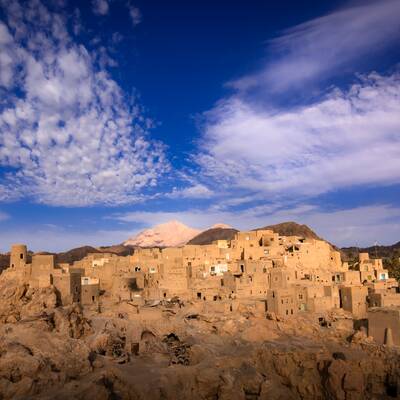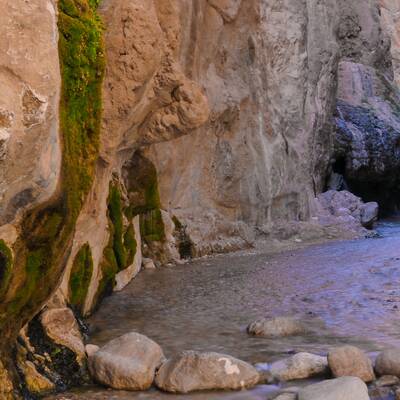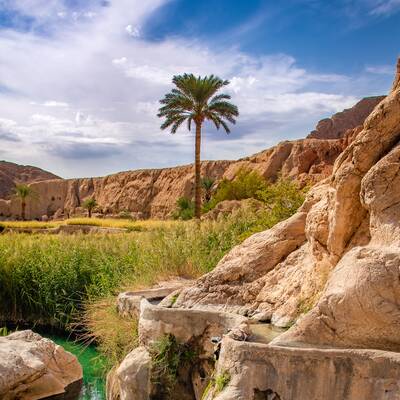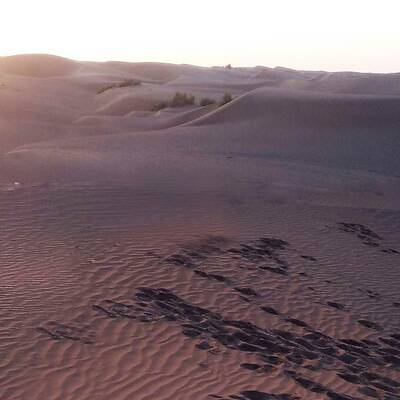
Tabas Anthropology Museum
Tabas Anthropology Museum, located in the city of Tabas, is one of the tourist attractions in the South Khorasan province. The museum is situated in the Khan Garden, a historic site spanning an area of 4,400 square meters with a floor area of 600 square meters. It comprises two exhibition sections, showcasing artifacts and vitrine halls.
The primary objective of this museum is to explore various occupations, traditional professions, and tools and utensils used by the people in the past. It is housed in the old Khan Bath, which was constructed by employees of the National Oil Company following the earthquake in 1357, Tabas. The traditional design and a floor area of 600 square meters were intended to provide services to the earthquake-affected people. The public bath remained in use and operation until 2005 but gradually became unused due to the development of residential buildings.
Today, this structure is recognized as one of the prominent attractions of Tabas and operates as a museum. With around 500 cultural objects donated by interested individuals and culture enthusiasts of Tabas, this museum delves into the exploration of various occupations, traditional professions, and tools and utensils used by the people in the past. The exhibit of mannequins includes nine traditional occupational figures, and the vitrine halls consist of 20 showcases.
This museum encompasses different sections, each focusing on the examination of diverse communities and cultures of this region. In the first section of the museum, you become acquainted with the culture and rural life. Here, objects such as local costumes, agricultural and livestock tools, traditional ceramics, and more are on display. The second section of the museum examines urban culture and city life in Tabas. It showcases items like household items, urban clothing, industrial tools, and more. The third section of the museum delves into the culture and life of nomadic tribes in Tabas. It presents objects such as nomadic tents, nomadic clothing, travel tools, and more. The fourth section of the museum explores local culture and art in Tabas. It displays items like local paintings, straw weaving, carpet weaving, and more. The museum's notable artifacts include precious ancient relics, stone sculptures, carpets, local artworks, as well as traditional costumes and decorations.
Due to the region's warm climate, the best seasons to visit this museum, are spring and autumn. Tabas Anthropology Museum provides visitors with various information, including the history and culture of the region, displayed objects, methods and processes of object production, as well as descriptions of local ceremonies and events. This museum is fascinating for anyone interested in the culture and history of the region. It is also highly appealing to enthusiasts of indigenous arts, handicrafts, ancient artifacts, and local cultures. Overall, visiting Tabas Anthropology Museum is a highly valuable cultural and educational experience recommended to all individuals interested in the culture and history of this region.



